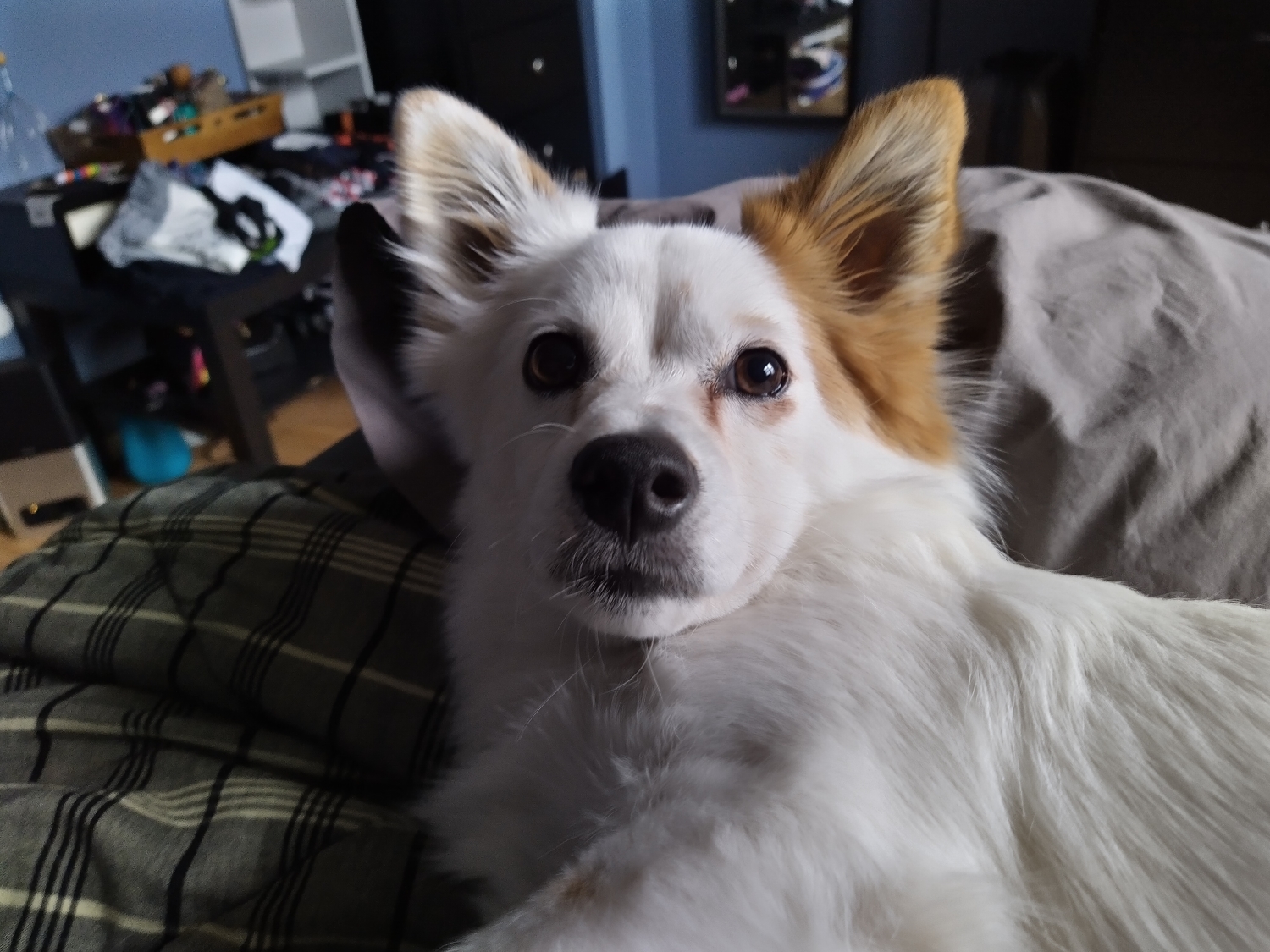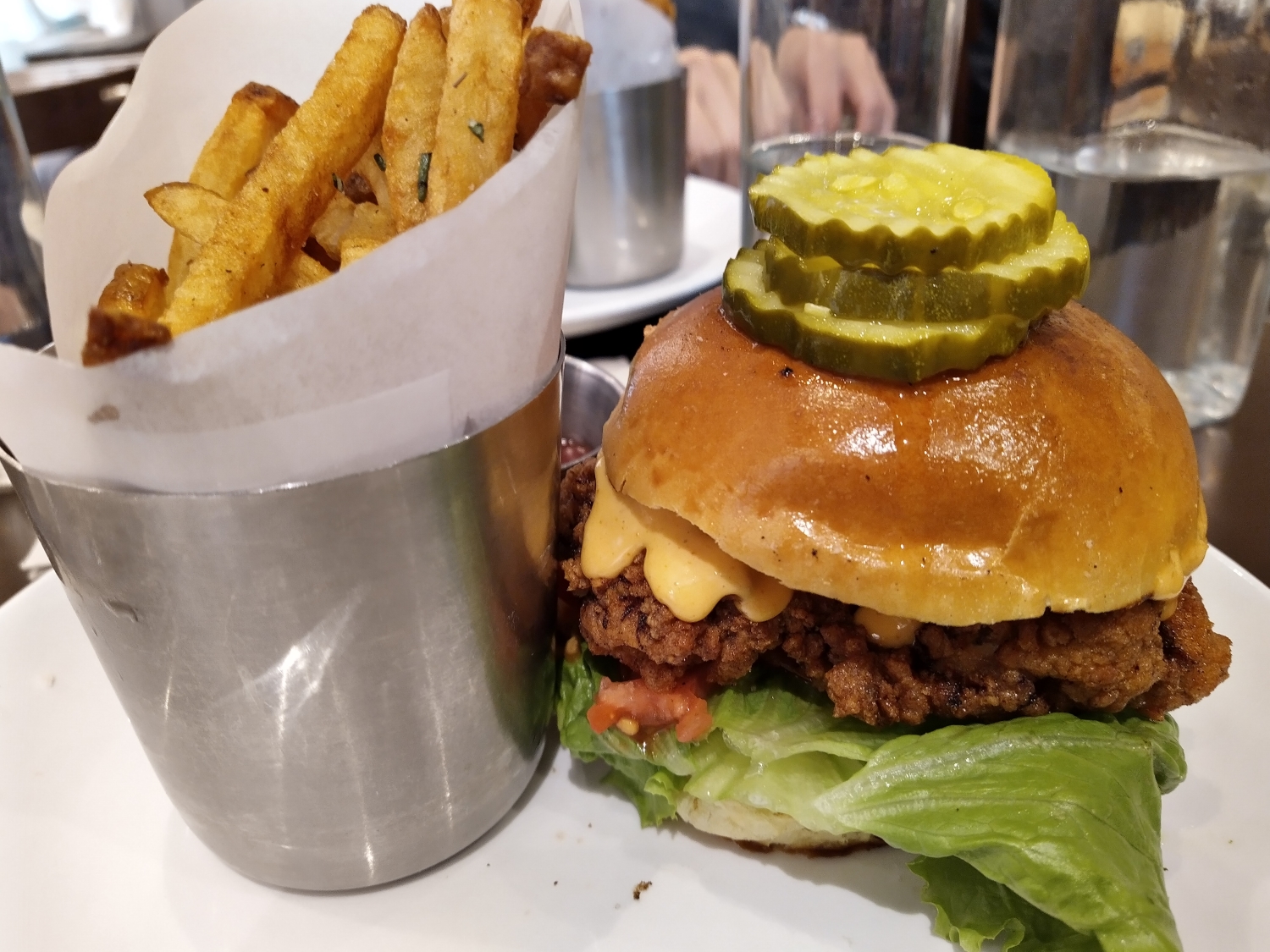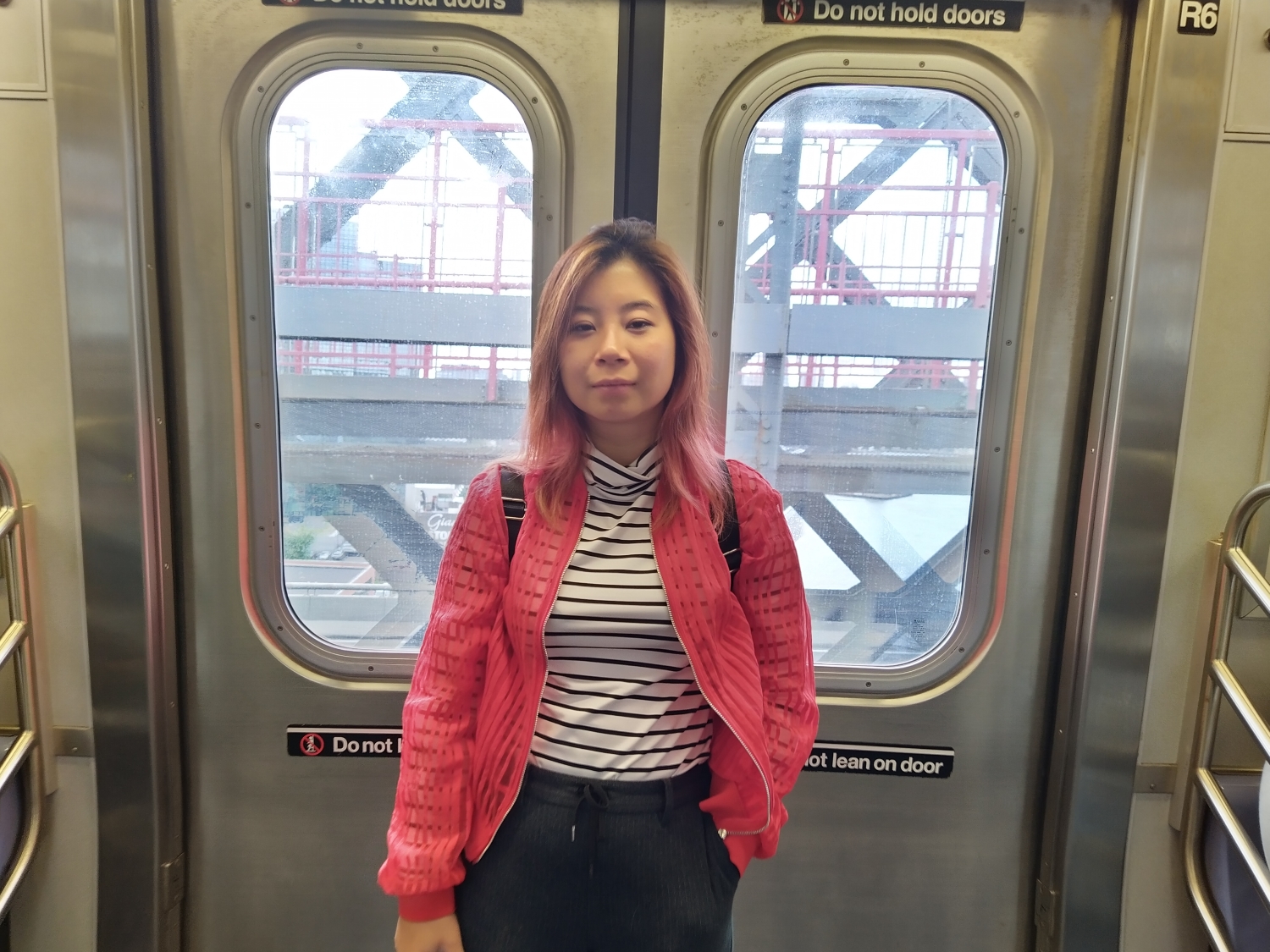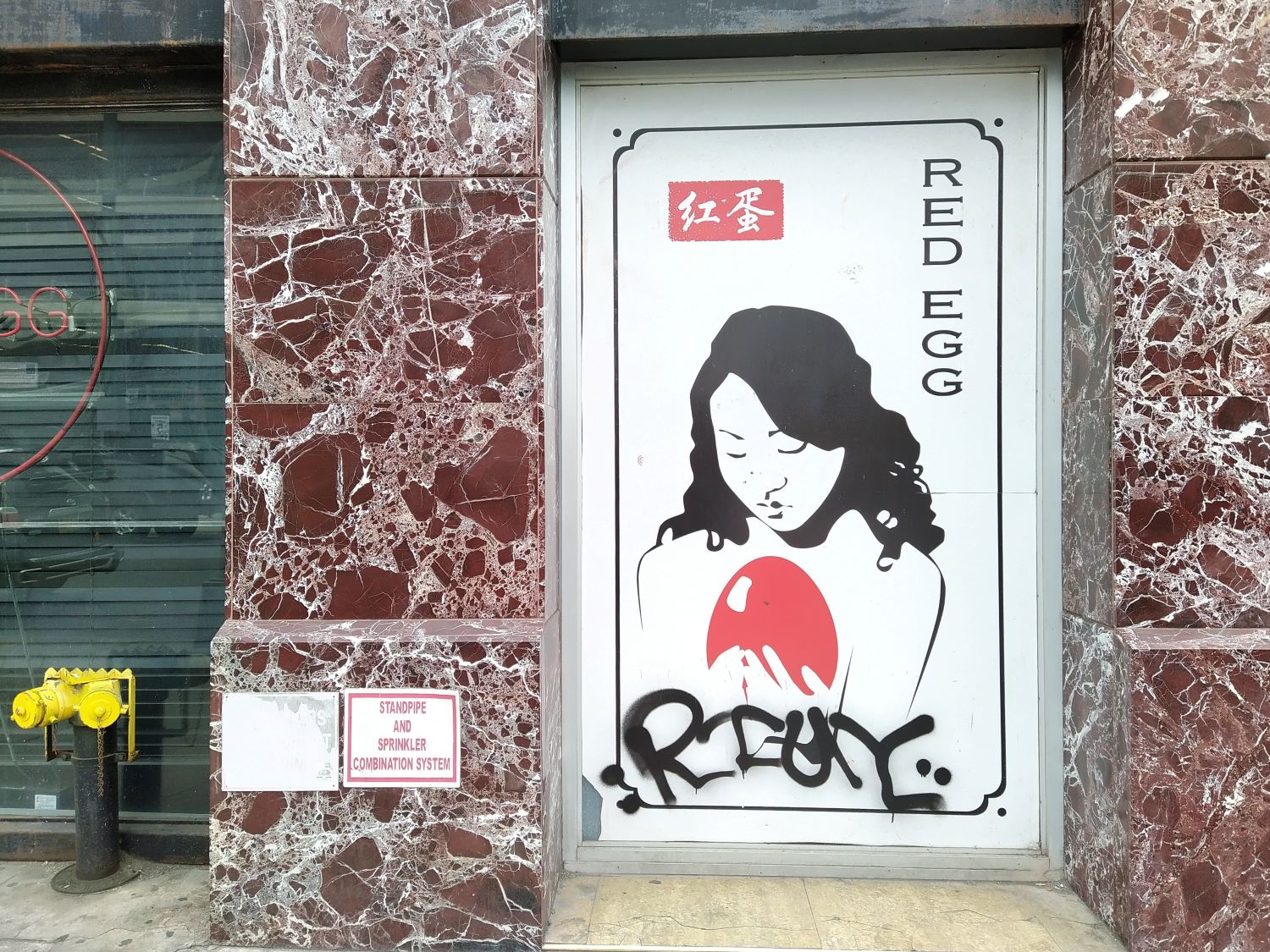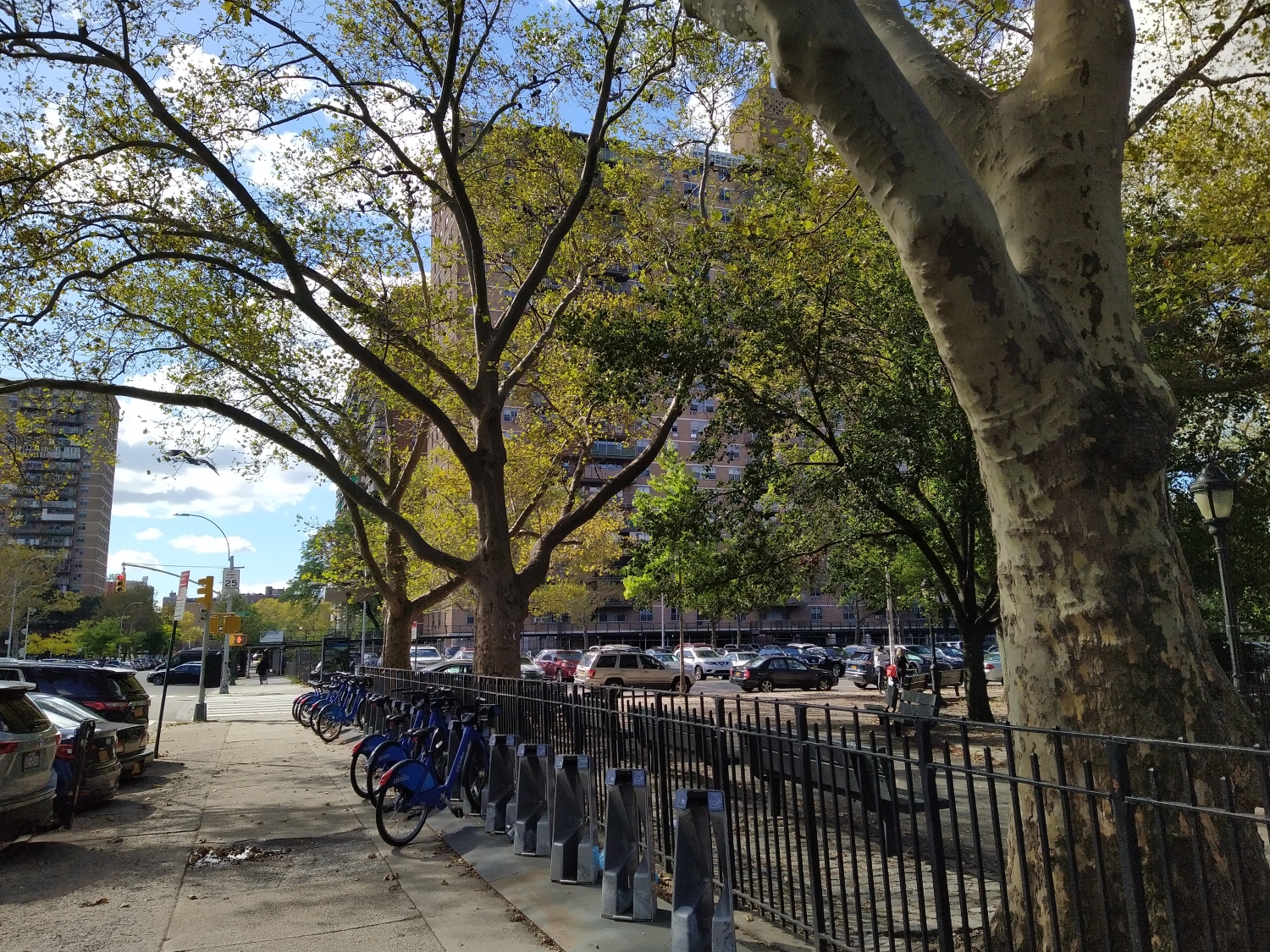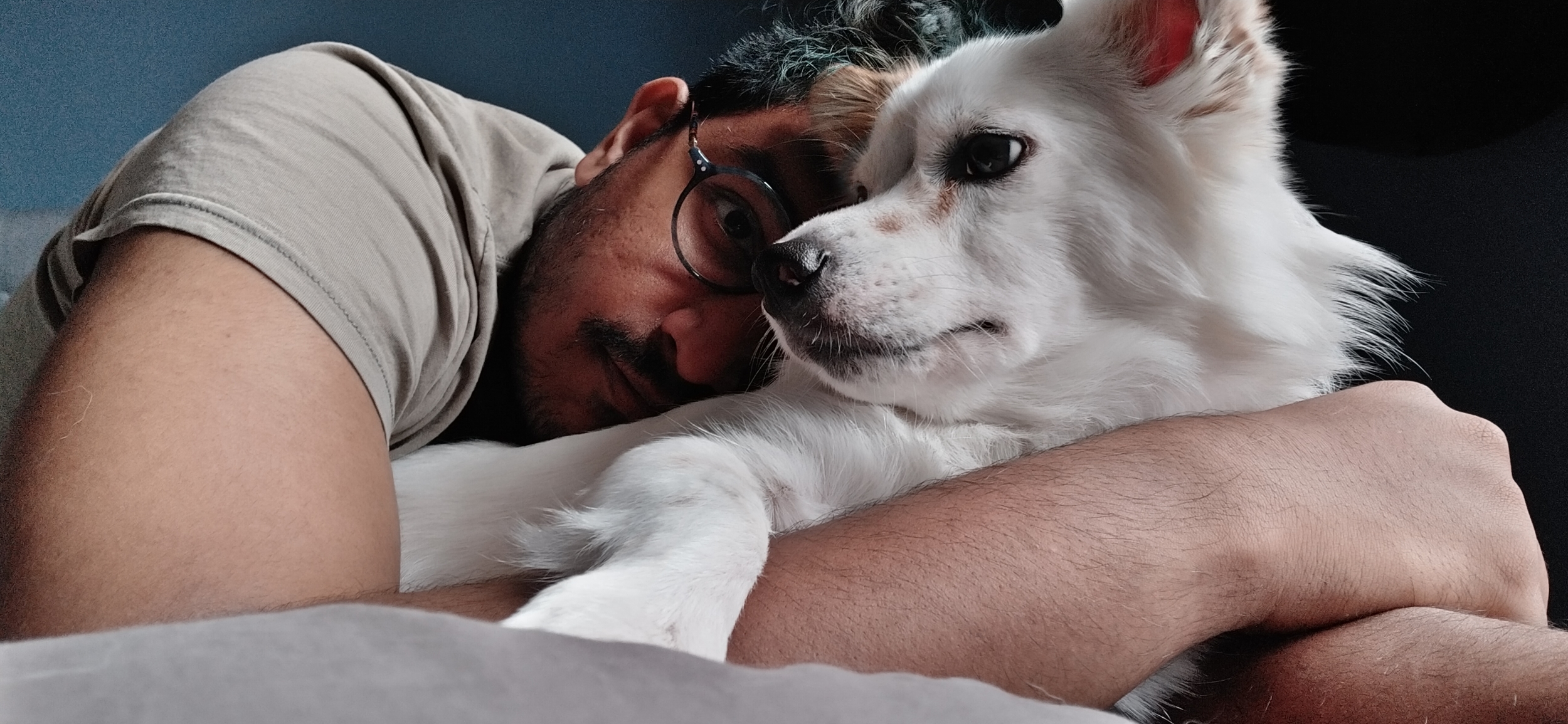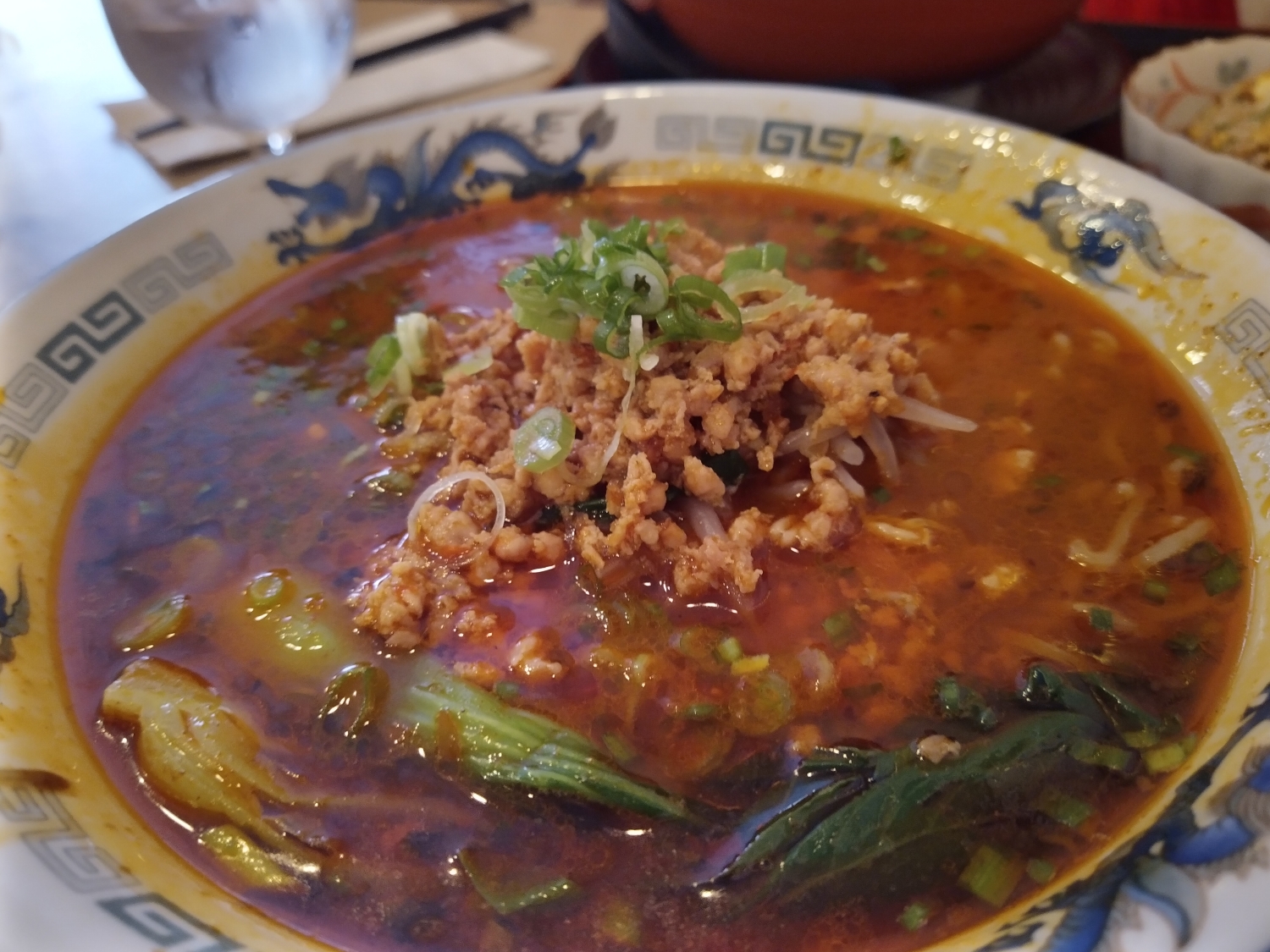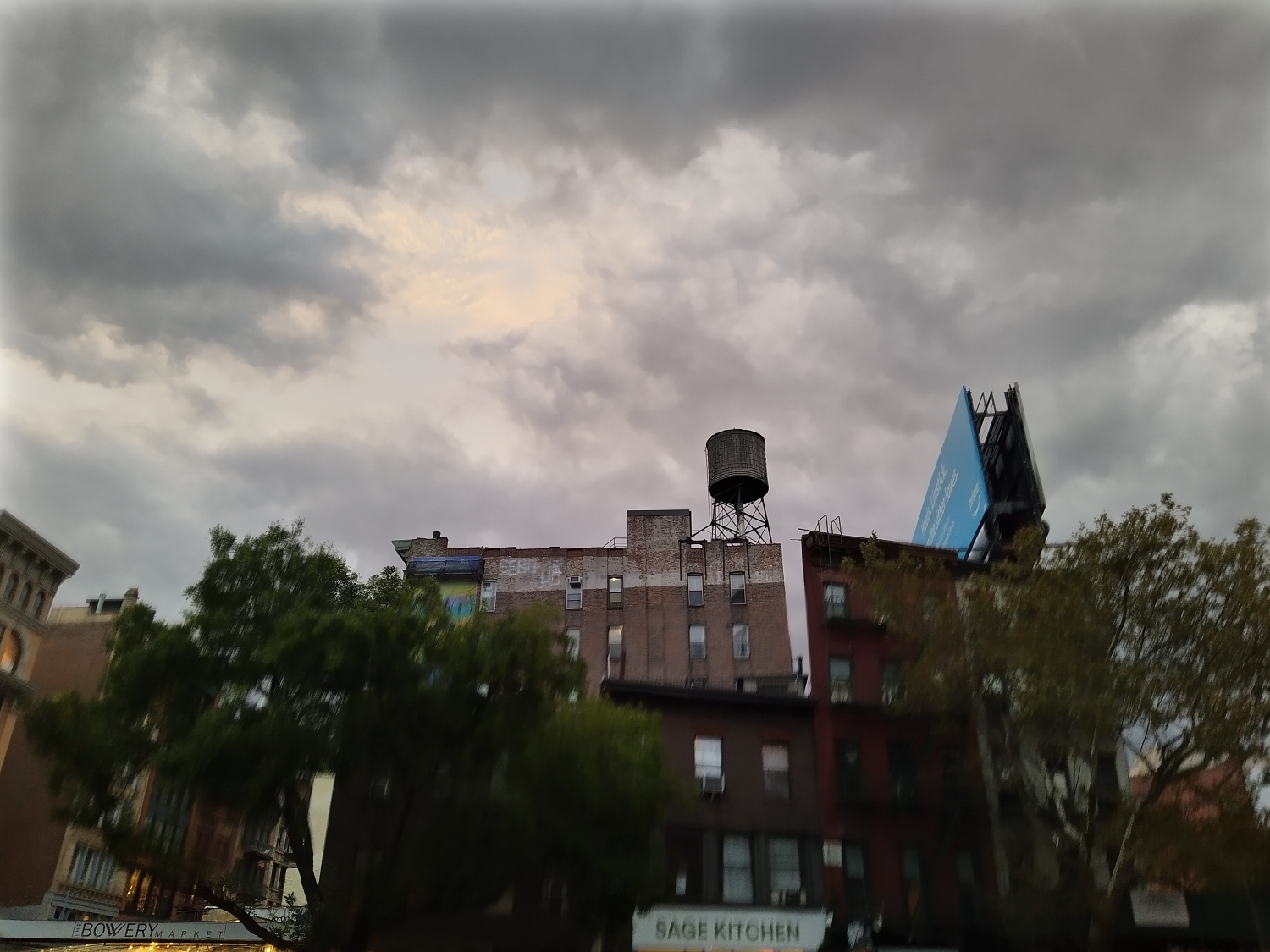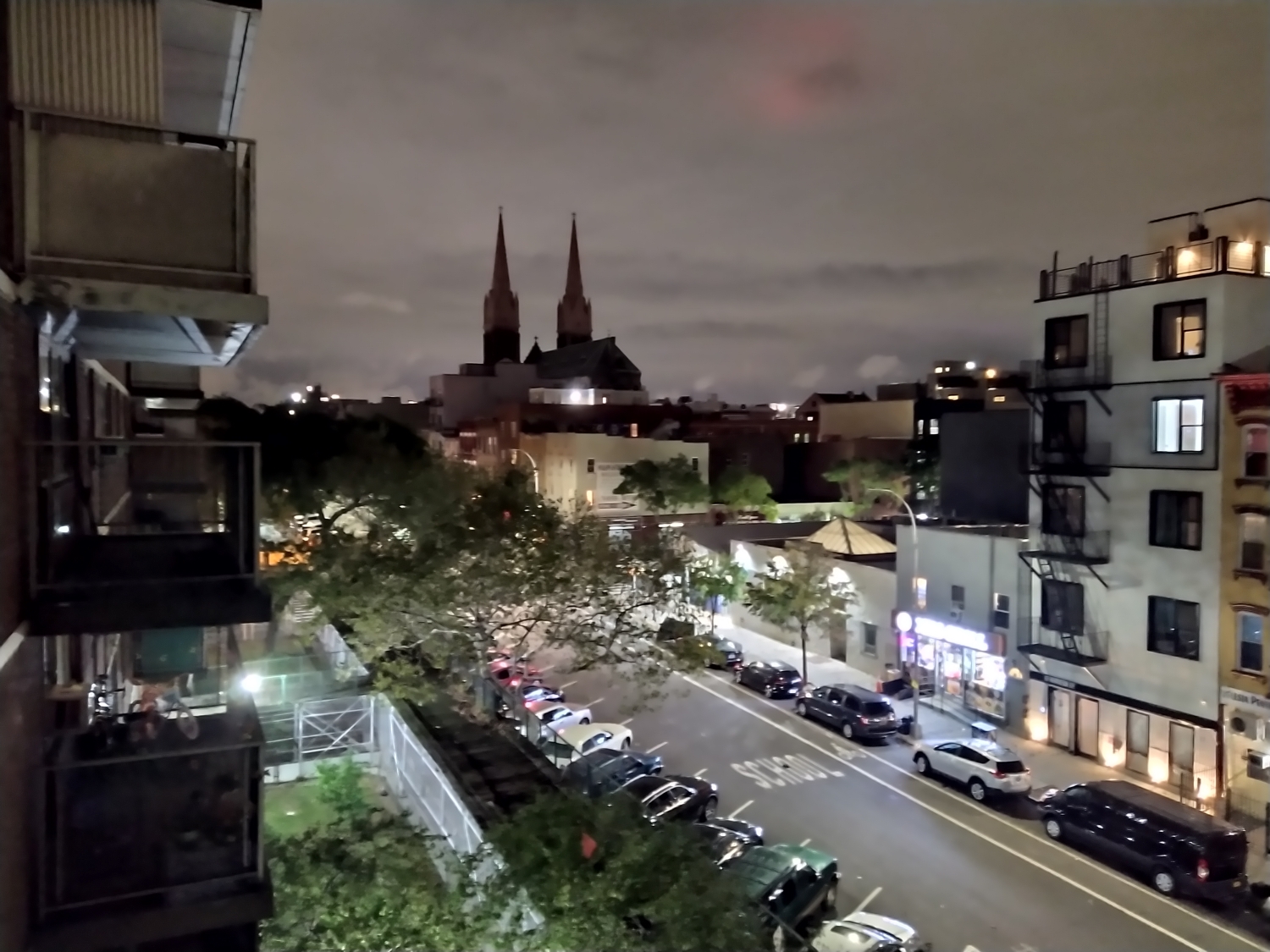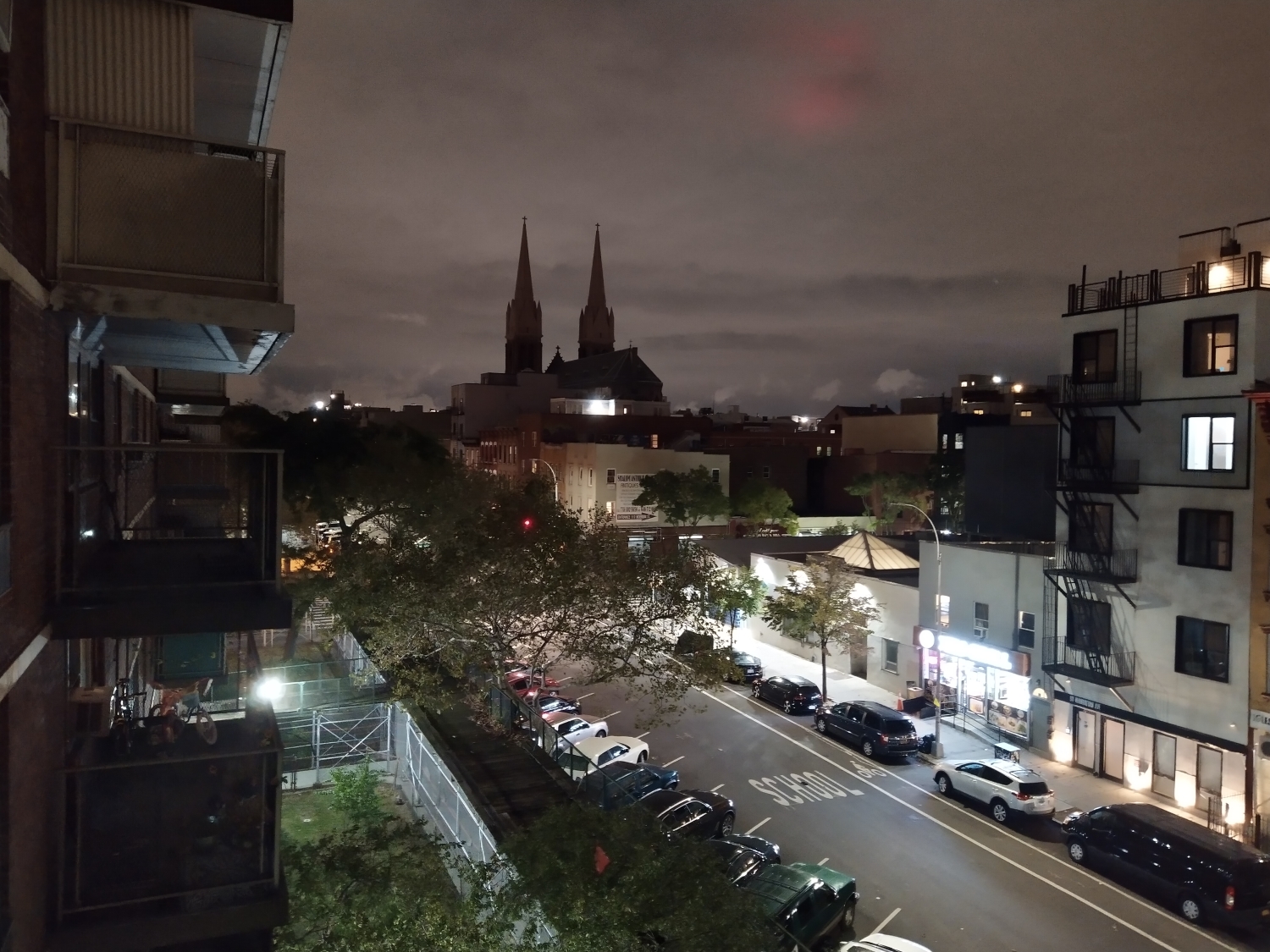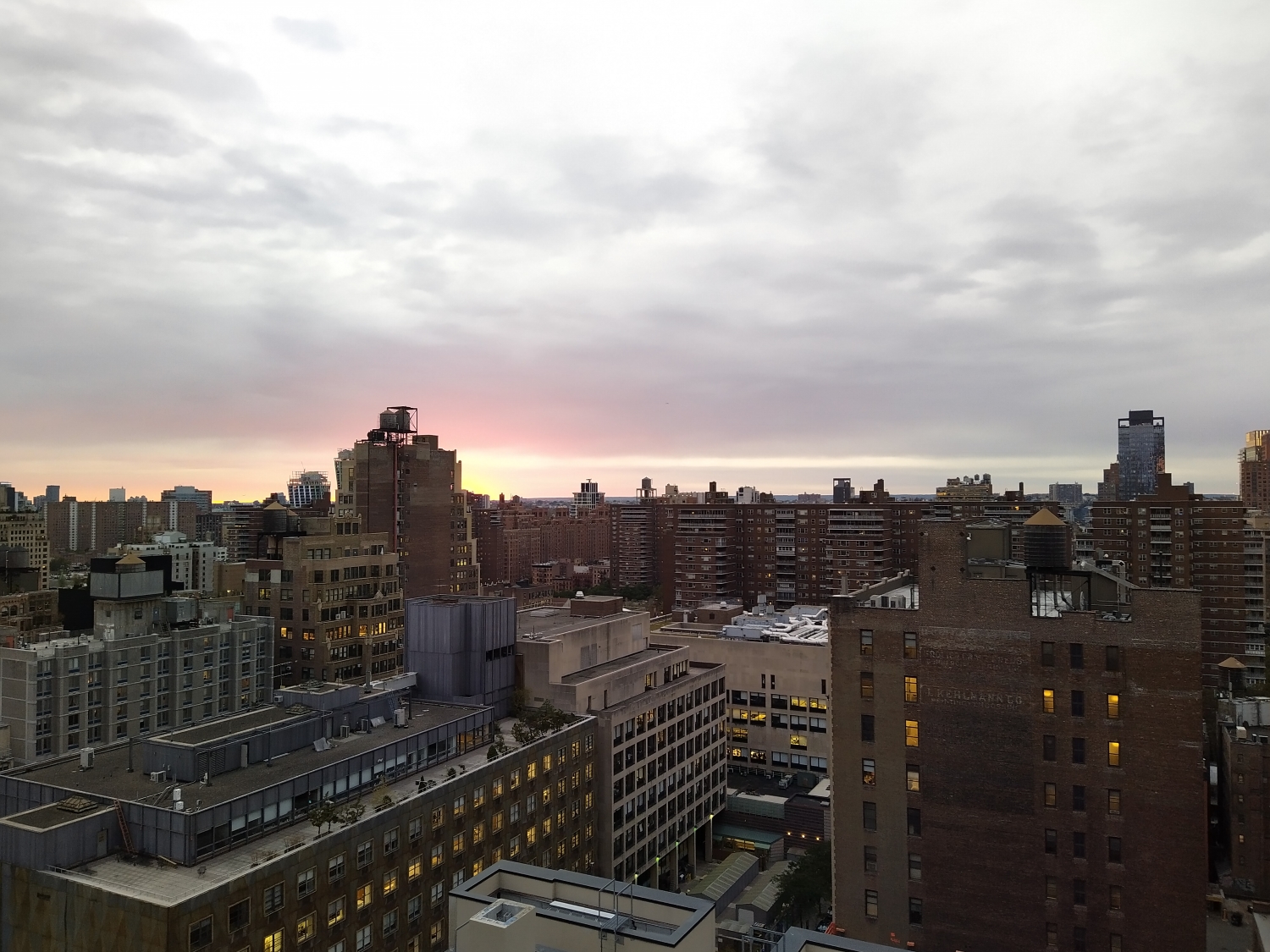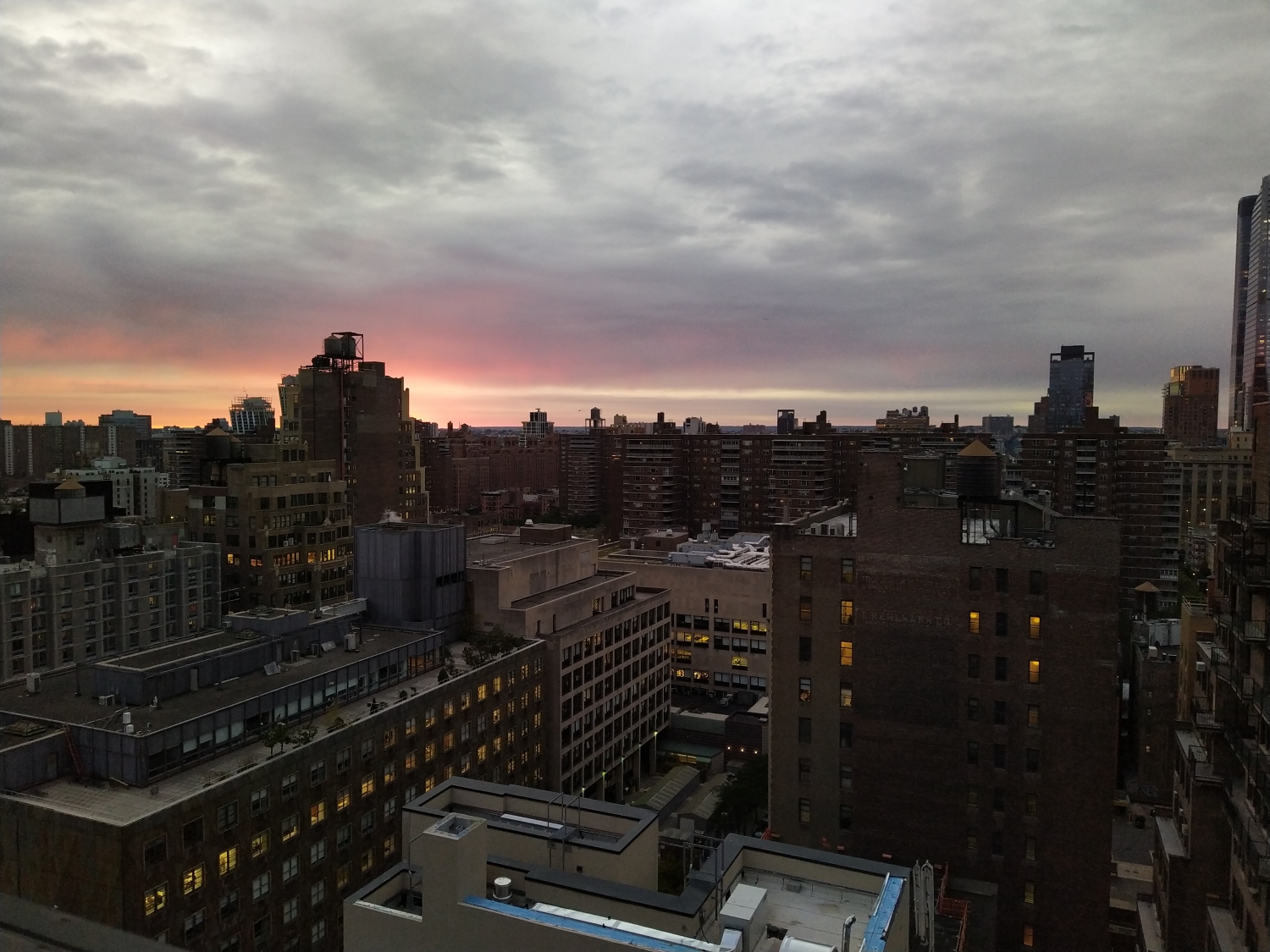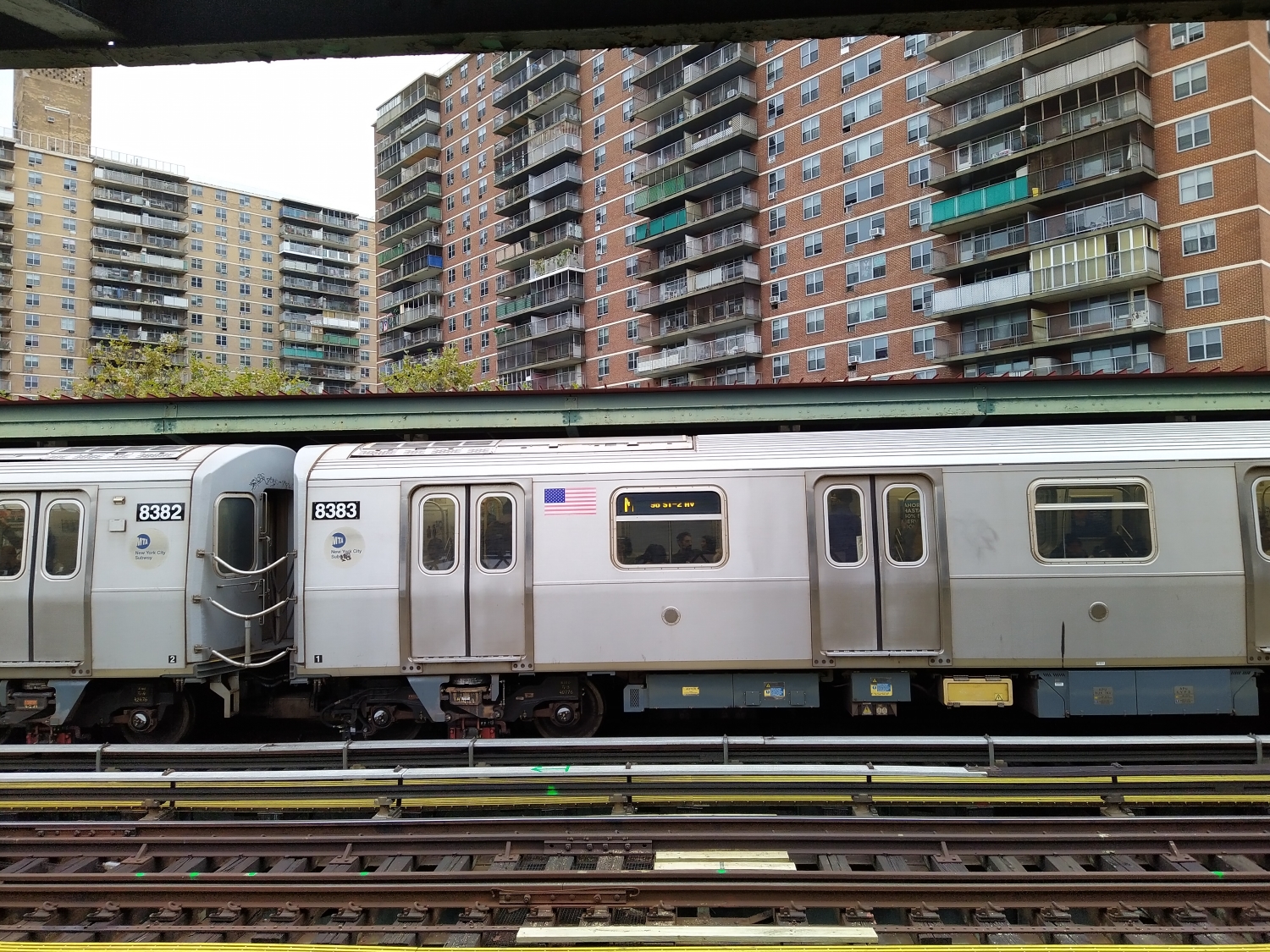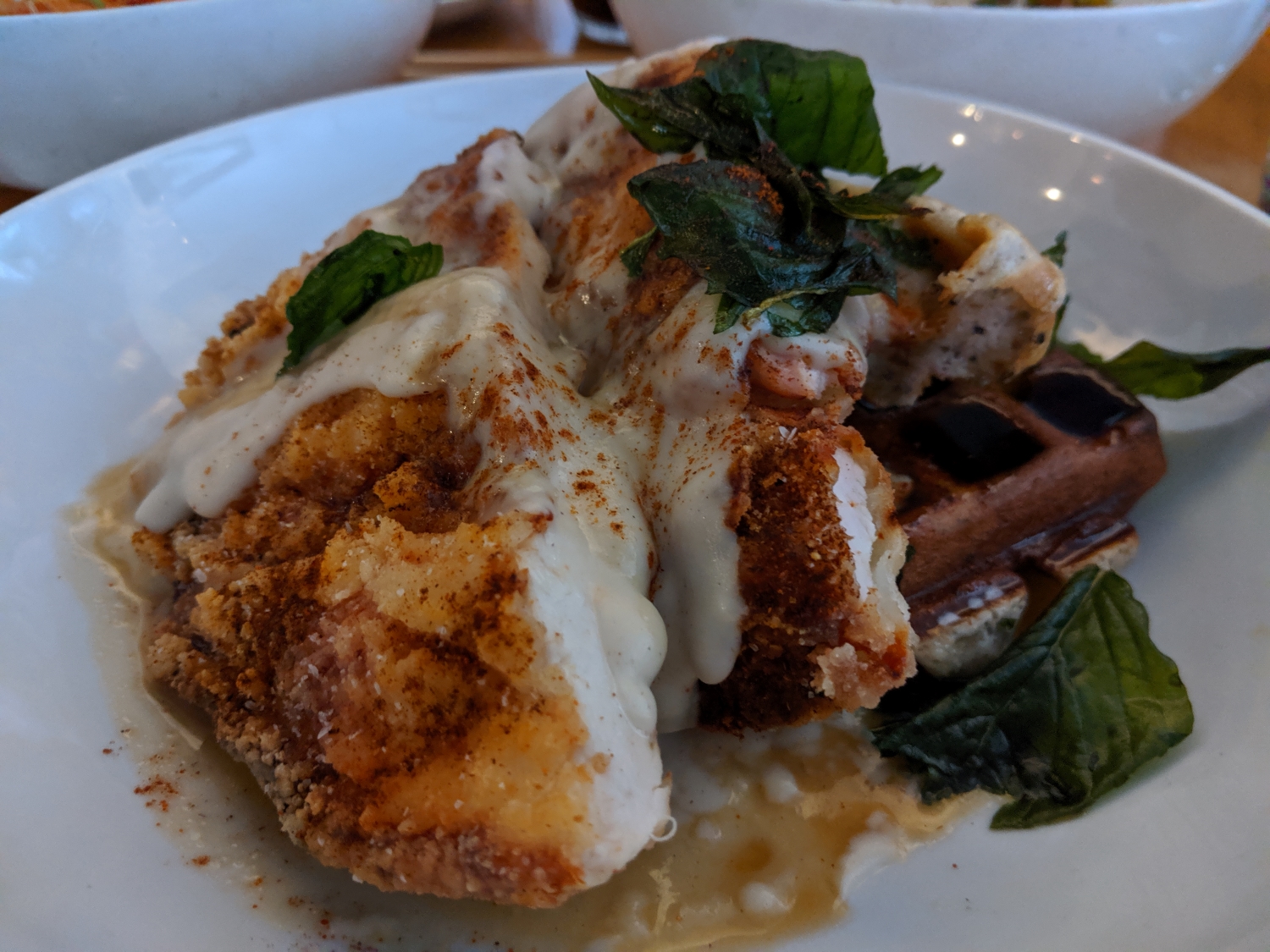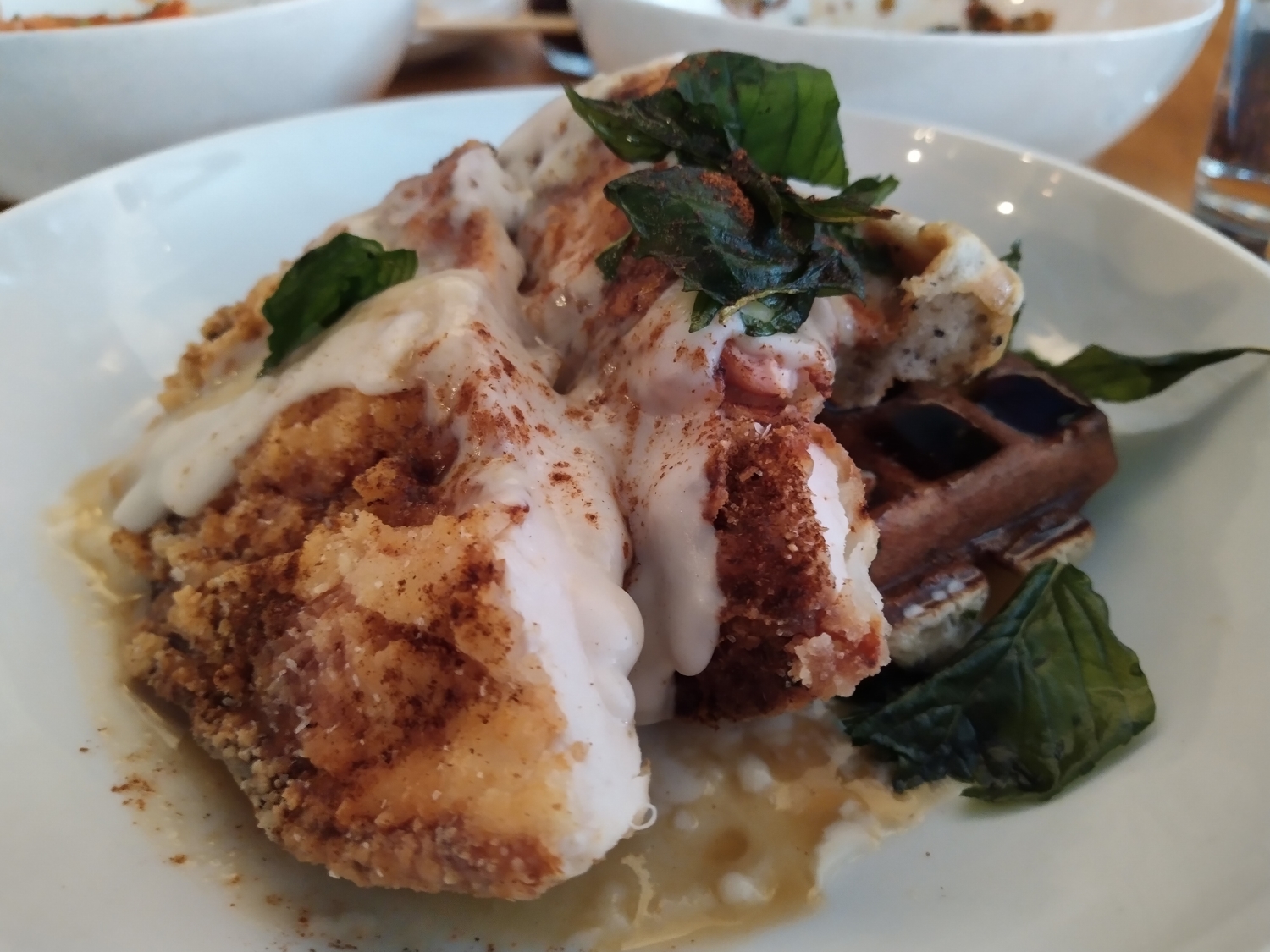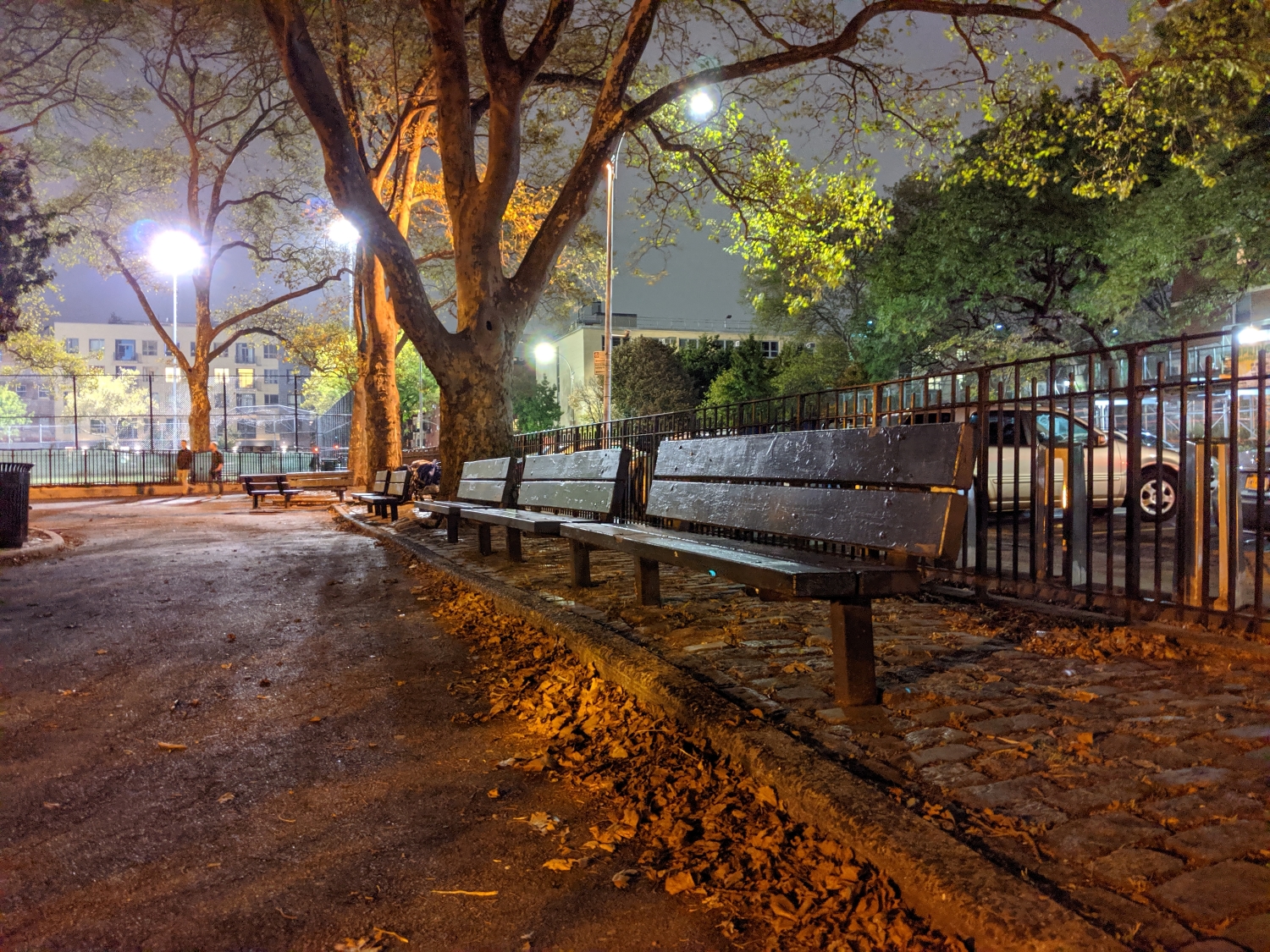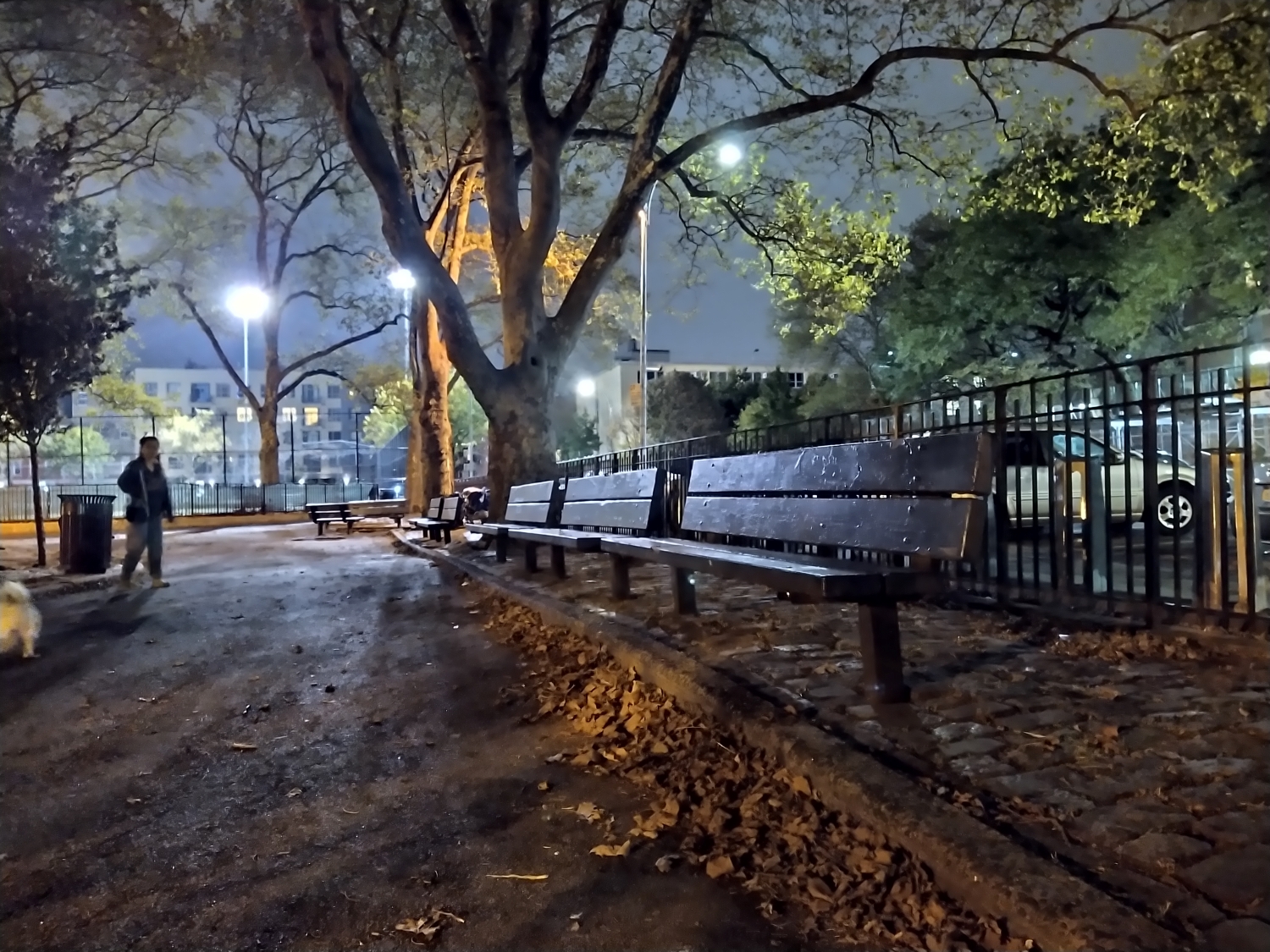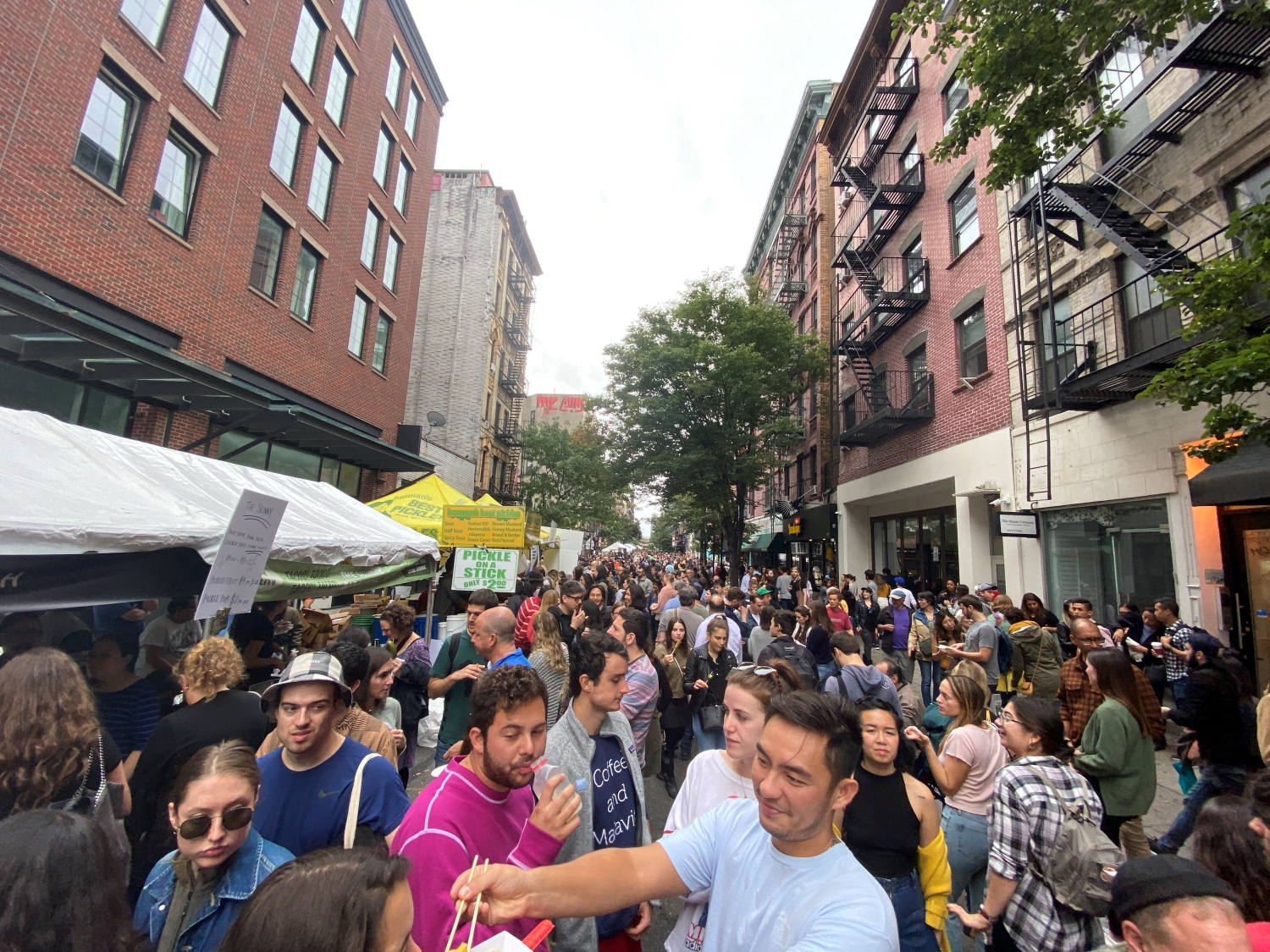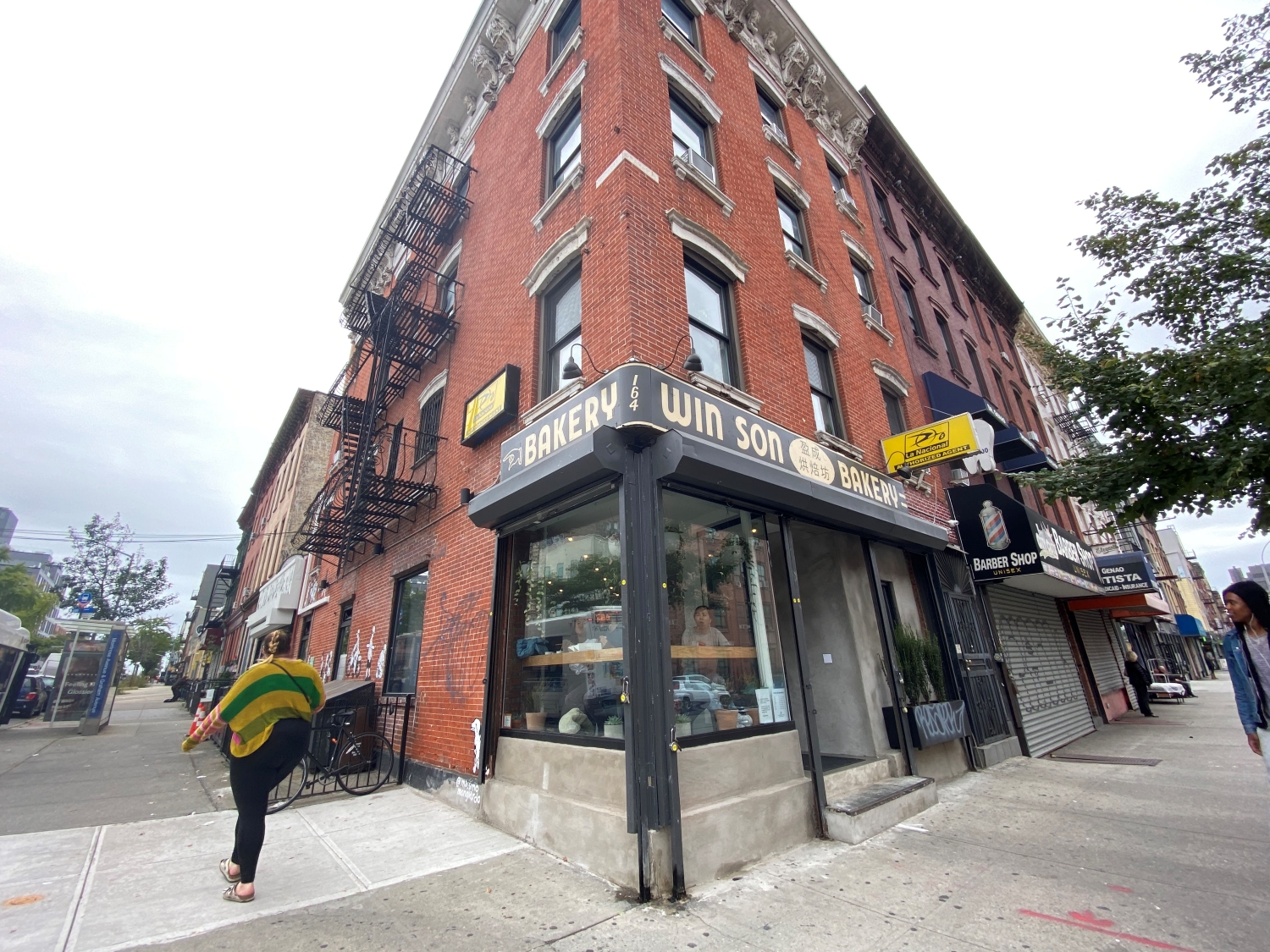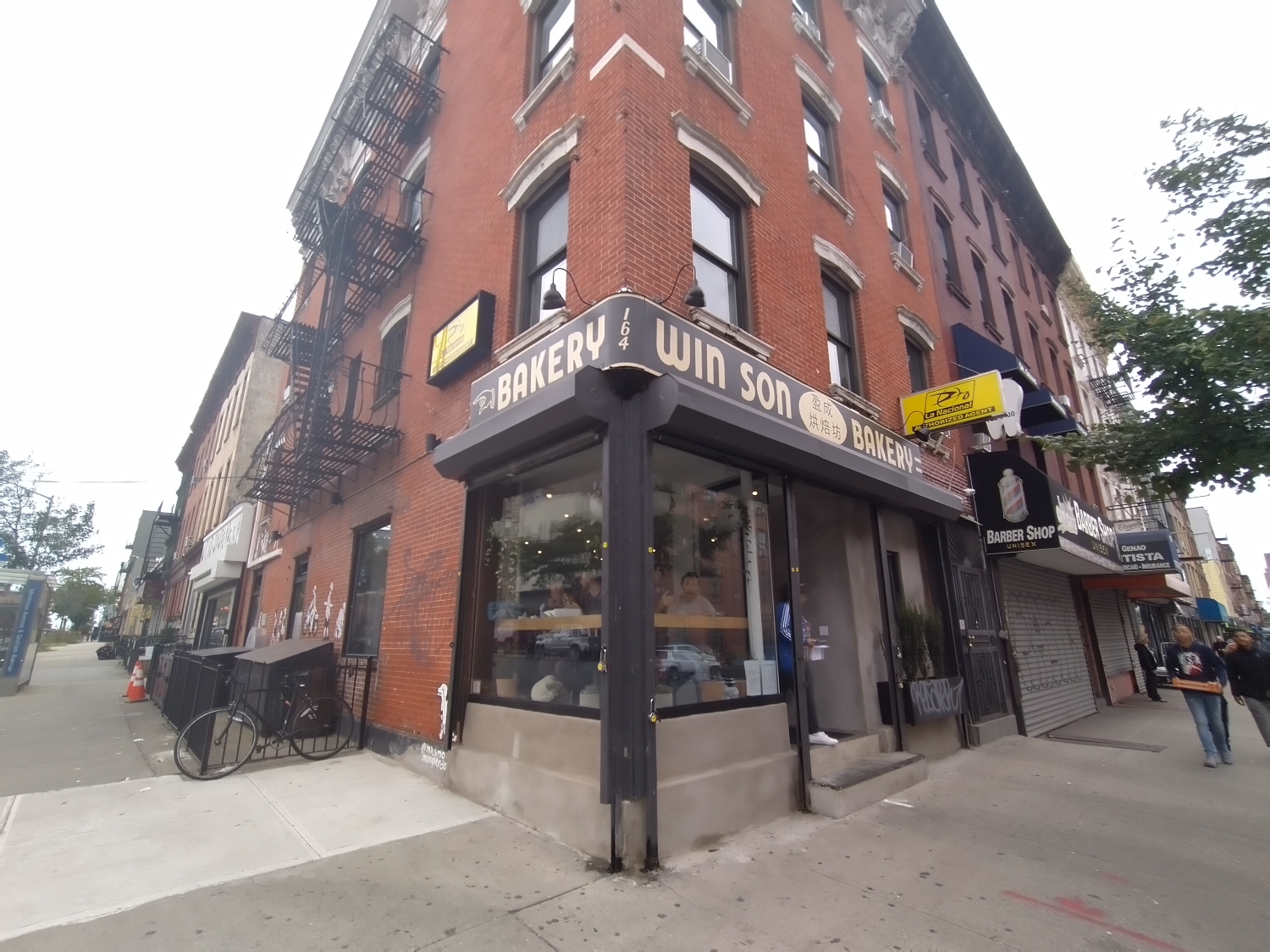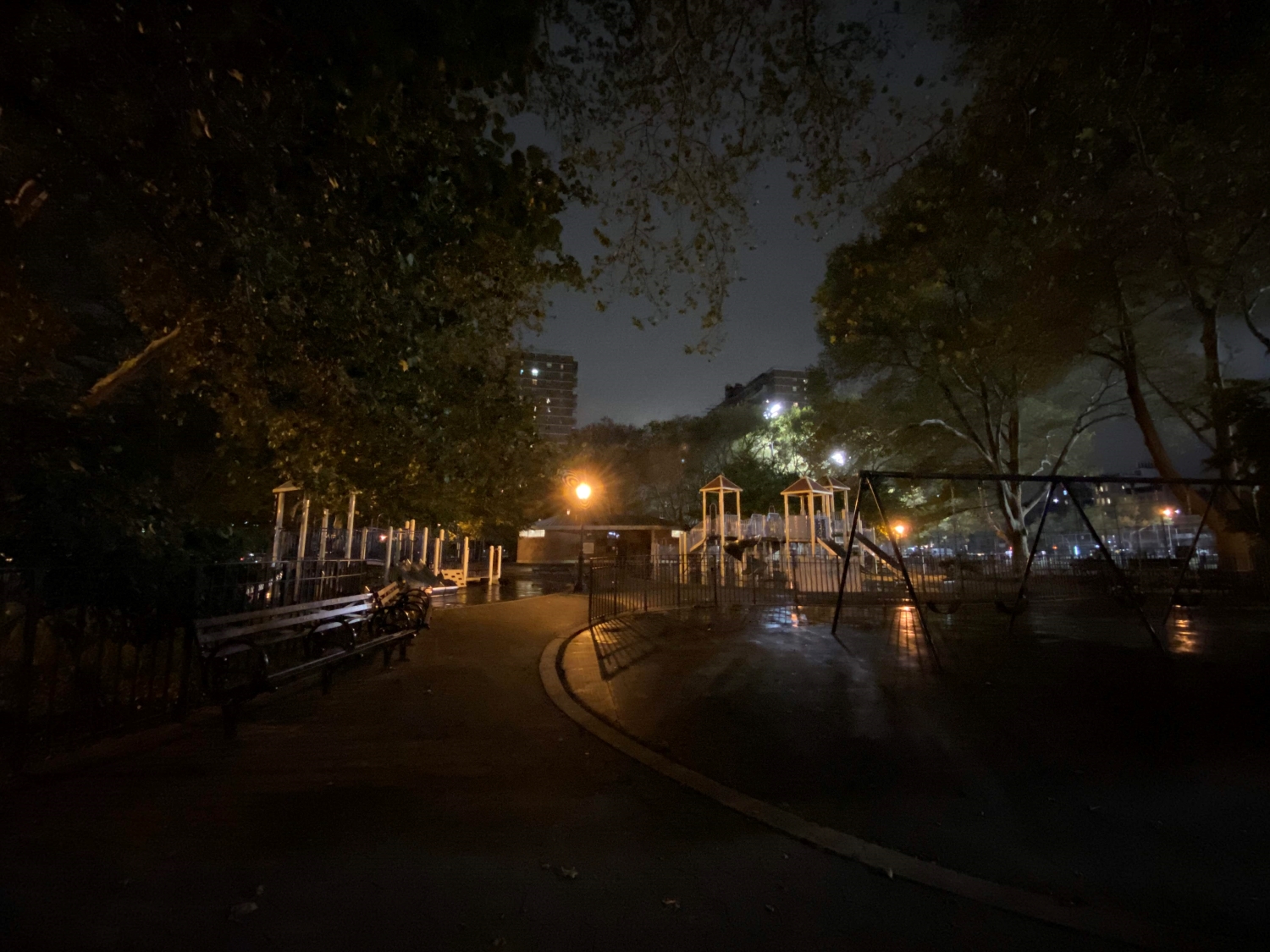“The Nokia 7.2 aims high but misses its target: the Google Pixel 3a.”
- Android One promises fast updates
- Elegant design, nice build quality
- Large and modern-looking screen
- Adequate battery life
- Affordable
- No Verizon or Sprint support
- Occasional stutters and lag
- Photos can be blurry
- Google Pixel 3a is better in almost every way

Google’s Pixel 3a flipped the table on budget smartphones. It brought a fantastic camera experience down to an affordable $400 price point. It also receives version and security updates straight from Google, a feature that’s lacking even on flagship phones. These are the features HMD Global wants to emulate with its latest Nokia 7.2.
Yet it doesn’t quite get there. The Nokia 7.2’s performance is not as good as the Pixel 3a’s. Battery life is adequate, but not as good as the Pixel 3a’s. The camera experience is solid, but the Pixel 3a goes above and beyond.
See a theme?
At $350, it’s cheaper than its prime target’s original $400 price, except you can find the Pixel 3a for $300 already. If the Pixel 3a didn’t exist, I’d heartily recommend the Nokia 7.2. Yet it does, and HMD can’t keep up.
Sophisticated design
The Nokia 7.2 is among the most stylish phones you can buy in its price range. The corners are rounded, and the circular camera module in the center looks nicer than the vertical camera system on its predecessor, though it owes inspiration to Motorola phones.
There’s a beautiful effect that plays upon the rear glass when it catches the light, especially on the Cyan Green color, where the Nokia 7.2 looks more sophisticated. It also comes in Ice and Charcoal, but Cyan Green is the one I’d pick.

It’s protected by Gorilla Glass 3 on the front and the back. HMD says it’s using a polymer composite around the frame that’s double the strength of polycarbonate, but lighter. That means the Nokia 7.2 is more durable than the average mid-range phone, but the most important parts of the phone are still made of glass, so you’ll want to use a case. Thankfully, the glass has a matte texture on the back, which keeps it free of fingerprints and smudges. It’s a shame there’s no IP68 water resistance to cover all the bases, but it’s splash-proof, so it should be fine in the rain.
Build quality is HMD’s strength, and it continues to deliver phones that feel like they deserve a higher price tag. I can’t say the same for Google’s Pixel 3a, which admittedly feels low-rent.
Despite its 6.3-inch screen size, the Nokia 7.2 is usable with one hand (though I do have large hands). The fingerprint sensor is easy to reach, the rounded edges are smooth to the touch, and help the phone fit ergonomically into my palm.
There’s a beautiful effect that plays upon the rear glass when it catches the light, especially on the Cyan Green color.
There’s a dedicated Google Assistant button on the left side if you want to call it up quickly, and the power button on the right edge doubles as an LED notification light for those who want a visual cue when alerts come in. It’s a feature we’ve seen before on the Nokia 4.2 earlier this year. It’s helpful when this side of the phone is facing me, but I’d prefer an always-on display, which is not available.
The buttons are clicky and feel nice to press, but I can’t say the same for the haptic feedback; the vibrations don’t feel pleasant. Making it up is the existence of a headphone jack, which I’m sure a lot of people will be happy to see.
Nice screen, good audio
The 6.3-inch screen looks modern, thanks to the slimmed-down bezels, and the teardrop notch where the selfie camera rests is a whole lot more elegant than the wide notch on the Nokia 7.1 from last year. It’s still an LCD panel, so blacks don’t look deep, but it uses HMD’s PureDisplay technology, so SDR content is up-scaled into HDR (it supports the HDR10 standard on select apps).

That means richer colors and higher contrast, and the screen certainly delivers. Shows like Disenchantment on Netflix look excellent, even outdoors, and episodes of Hot Ones on YouTube produce natural colors. There’s solid detail, too, thanks to the 2,280 x 1,080 resolution.
I had no trouble using the phone outdoors in bright sunlight, though I did have to crank the brightness to the max of 500 nits.
Ultimately, there never was a time that I thought the Nokia 7.2’s camera beat the single 12-megapixel camera on the Pixel 3a.
On the audio side, the phone can get loud and the quality is surprisingly strong, with clear highs and mids, but the bass is incredibly weak. It’s great for listening to movies and videos, but you’ll want to plug in for music or connect to a Bluetooth speaker.
Camera: quantity over quality
48-megapixel cameras are becoming more and more commonplace with phones like the Motorola One Vision and the OnePlus 7 Pro utilizing them. Whether they’re needed on smartphones is debatable, as more megapixels don’t necessarily translate to a better camera, and that’s best exemplified on the Nokia 7.2. By default, the camera takes 12-megapixel photos as it uses a process called pixel binning to merge pixels together, so they can take in more light. It should mean the camera can take nice low-light photos, but that’s not the result I found.
It can take adequate photos during the day, with decent detail, though colors can look a bit muted at times. Problems start to creep in as the day goes on. The phone can take solid low-light photos, but it’s not consistent. You need to stay as still as possible because there’s no optical image stabilization. Any movement will result in a blurry photo. It doesn’t help that the phone isn’t the fastest to snap photos.
Use the dedicated Night mode, and the problem is exacerbated. If you’re not using a tripod, these photos can look blurrier most of the time, though colors are improved. One perk is the dedicated Pro mode, so if you know how to change the shutter speed and ISO, you can snap some better photos than the auto mode. Ultimately, there was never a time that I thought the Nokia 7.2’s camera beat the single 12-megapixel camera on the Pixel 3a.
Below are a few comparisons with the Pixel 3a, and you can see how much more Google’s phone retains detail and more appealing colors. For more comparisons, check out the video above.
There’s also an 8-megapixel ultra-wide-angle lens on the back of the Nokia 7.2, and it helps you take in more of a scene. I frequently didn’t want to use this lens because the images don’t look great even at high noon. Detail can look blotchy, skies are often blown out due to poor HDR (or lack thereof), and colors are done. Good luck trying to get a usable photo in low-light too — the Night mode doesn’t fare well here either.
Here are some examples next to the iPhone 11 as reference (yes, I know the iPhone 11 is $350 more).
A 5-megapixel depth sensor is employed on the rear for a new feature in the camera’s Portrait mode called Zeiss Bokeh Styles. It borrows from the rich history of Zeiss lenses to mimic bokeh — or blur — styles and applies them behind a subject. You can choose from Zeiss Swirl, Zeiss Smooth, and Zeiss Modern, along with other options.
The effect is aggressive. If you like the style it’s going for, you’ll have fun here, but I recommend bringing down the blur effect all the way down to a level 2 or 3 instead of the default 5. When it works, you can snap some great portraits.

The Nokia 7.2 doesn’t do a great job of accurately outlining a subject in a portrait. It makes mistakes more than other phones like the Pixel 3a, and when that’s paired with the aggressive portrait effect, it looks heavily processed.
Below, the Pixel 3a’s shot looks so natural, as though the photo was shot on a DSLR. The bokeh effect is solid, detail and colors are strong, and there aren’t any mistakes. The Nokia 7.2’s portrait, taken with the 20-megapixel selfie camera, completely messes up the table, weirdly blurring it out. Elements of the photo are overexposed and the colors aren’t quite right, though detail is solid.
- 1. Pixel 3a
- 2. Nokia 7.2
If your background isn’t too busy and there’s strong lighting, you can take nice portraits with either the front or rear cameras. But if conditions aren’t optimal, the photos don’t look great.
The Nokia 7.2 can snap photos I’ll happily share, and if you asked me a year ago, I’d say it’s a great camera system. But Google has changed the game with the Pixel 3a and its excellent camera experience, and Nokia’s attempt now feels outdated.
Performance and Android One
Now we come to the Nokia 7.2’s Achilles’ heel: performance. I had a strange experience with this phone. I went through three units because the first two drove me up the wall with constant freezes and hang-ups. The performance was so frustrating on those initial models that I frequently found myself swearing, uh, quite audibly. That’s never a good sign.
After talking back and forth with HMD — I even sent video proof that my 7.2 was acting wonky — the company sent me a third unit. I suppose the third time’s the charm, as it finally worked.
Even then, it wasn’t perfect. There’s a Snapdragon 660 processor inside with 4GB of RAM, a step up from the Snapdragon 636 inside last year’s Nokia 7.1. While it can perform most day-to-day tasks without too much of a struggle, it does stutter here and there and also freezes occasionally (particularly when switching apps). Don’t expect apps to launch at rocket speed or games to load up and run well, either. Alto’s Odyssey and Pako: Forever were playable, but I did notice a few skipped frames.
Here are a few benchmark results:
- AnTuTu 3DBench: 170,826
- Geekbench 5 CPU: 325 single-core; 1,462 multi-core
- 3DMark Sling Shot Extreme: 1,290 Vulkan; 1,343 OpenGL
These scores are a little higher than the results from the Pixel 3a, which uses the better Snapdragon 670 and scored 159,554 on AnTuTu. Yet overall, I had a better experience with Google’s phone. Performance is smoother with fewer stutters, and I had no trouble playing games like PUBG: Mobile, though on lower graphical settings.
If you’re not a power user, you only use a handful of apps, and you don’t play demanding games, the Nokia 7.2 will be sufficient. HMD’s phone does step up its storage game over the Pixel, though, offering 128GB base internal storage and support for a MicroSD card if you need more.
As is the case with most HMD Nokia phones, the Nokia 7.2 is a part of the Android One program. That means you get a promise of three years of security updates and two operating system upgrades. While it’s running Android 9 Pie at the moment, it will get Android 10 soon.

This is a big deal because there’s a dearth of budget and mid-range smartphones that offer this level of software support. Fast updates mean new features — like Android 10’s dark theme — and it also keeps your phone secure thanks to bug patches. Motorola, one of HMD’s main competitors in the U.S., is only offering one year of version upgrades for its mid-range phones with “industry-related security updates,” which means whenever there’s a big security issue. Phones like the Moto E6 aren’t getting a single OS upgrade. It’s quite remarkable what HMD is doing.
The interface is utilizing stock Android, so it’s clean, slick, simple to use, and there’s no bloatware (unless you count Google apps as bloat). The main changes are in the camera app, where HMD has added its own features.
There’s a dearth of budget and mid-range smartphones that offer this level of software support.
All that said, Google’s Pixel 3a is a rung up the ladder as it will get updates even faster for the same length of time. It already has Android 10, for example.
Battery life
The Nokia 7.2 will get you through a full workday with medium use and a full day with light use with its 3,500mAh battery. I often arrived home around 6 p.m. with 30% remaining. Battery anxiety starts to creep in whenever I decided to extend my night out, though — around 9:30 p.m. it hit 15%.
It fared poorly in a standard video playback test, where we play a 1080p YouTube video at full brightness over Wi-Fi. It lasted 5 hours and 2 minutes, well behind competitors like the Pixel 3a, which lasted 9 hours and 12 minutes. This test isn’t a good indicator of real-world usage, but the Pixel 3a will easily last you a full day with medium use.
There’s a USB-C charging port, and it charges up quick enough, hitting 100% around the hour and a half mark. There’s sadly no wireless charging, but most phones in this price range don’t have it.
Price, availability, and warranty information
The Nokia 7.2 is $350 and is available from Amazon
HMD Global offers a standard limited warranty, which protects the phone from manufacturing defects one year since the date of purchase.
Our take
The Nokia 7.2 great build quality with a nice design, a strong screen experience, along with decent performance and battery life. Its camera system is solid, but it doesn’t hold up to competitors like Google’s Pixel 3a.
Is there a better alternative?
Yes. The Google Pixel 3a. It’s an improvement in almost every way, with better performance, longer battery life, a nicer AMOLED screen, and a stunning camera. It can also be found for less than its original $400 price tag, even cheaper than the Nokia 7.2.
Check out our best cheap phones guide for more.
How long will it last?
The Nokia 7.2 will last two to three years before its performance might start to suffer and the battery life begins to degrade. Thankfully, the software experience will still be up-to-date as it runs Android One and will continue to get updates until 2022.
Should you buy it?
No. It’s difficult to recommend the Nokia 7.2 when the Pixel 3a is simply better in every way, especially when it can be found for less.

